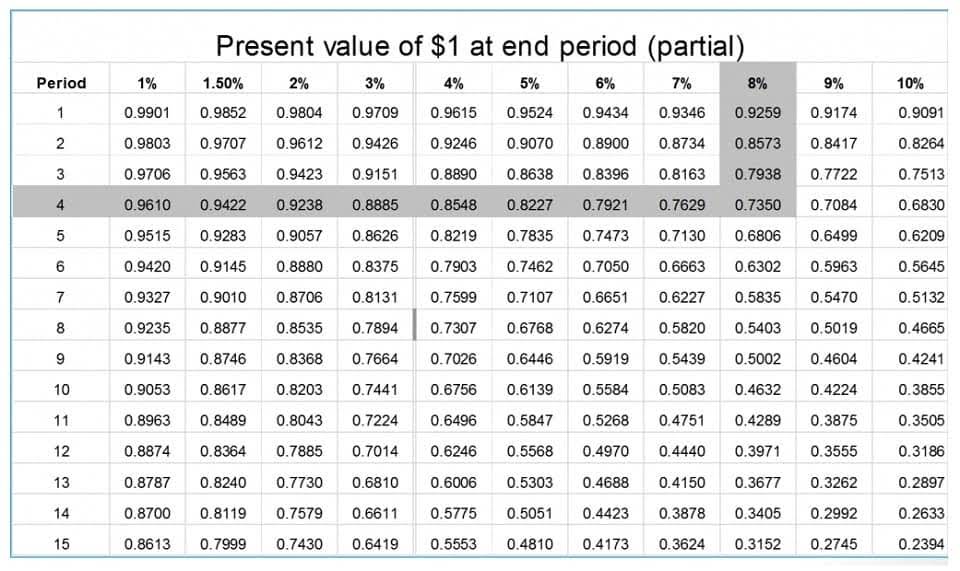How to Calculate Total Manufacturing Cost Formula + Step-by-step Guide

Spoilage, or raw material that can’t be used in the final product, is to be expected. Unless there’s an abnormal amount of spoilage, the cost of spoiled raw material gets included in your direct material calculation. Timesheets can help manufacturers streamline their payroll with a secure process that includes locking timesheets once submitted to managers, who can review and route them to payroll. But they also serve as a means of monitoring labor costs to make sure you’re not overspending your budget. Managers can view timesheets to monitor labor costs and get further information by generating a timesheet report. Understanding the difference between manufacturing costs and production costs can be confusing.
How to find total manufacturing cost incurred during the year?

Our writing and how to calculate the total manufacturing cost editorial staff are a team of experts holding advanced financial designations and have written for most major financial media publications. Our work has been directly cited by organizations including Entrepreneur, Business Insider, Investopedia, Forbes, CNBC, and many others. We follow strict ethical journalism practices, which includes presenting unbiased information and citing reliable, attributed resources. Overhead allocations can be a source of friction between departments as they can make one product line look highly profitable, while another appears at best highly marginal. (Given the decisions that may be made based on such numbers, a degree of sensitivity is understandable!) Address this head-on by ensuring the allocation basis is transparent and logical.

Deliver your projectson time and on budget

Direct labor cost is computed by multiplying the total hours worked by the labor rate per hour, including any additional benefits or payroll taxes. Rose Burn’s manufacturing overhead https://www.bookstime.com/ is $170,000 ($50,000 manufacturing supervisor gross pay + $60,000 factory rent + $45,000 factory utilities + $5,000 depreciation + $10,000 supplies). Direct labor refers to the wages of those working on manufacturing your company’s products. Machine operators and assembly line workers are the most common types of direct labor workers.
What are some common methods to allocate manufacturing overhead costs?
- One other staff member – a specialist coffee roaster – earns $35 per hour, with payroll taxes of $5 per hour and $3 fringe benefit costs per hour.
- The key difference is that with direct costs, you can tie the expense back to the product directly –– such as the rubber to make the rubber ducks.
- Your total manufacturing costs are essentially an expense analysis that calculates how each of your company’s departments contributed to producing a finalized product.
- This financial metric gives businesses a detailed picture of their production expenses, leading to more informed decision-making and better financial management.
- ERP/MRP software, however, continuously calculates the direct material cost from purchases as well as the direct labor costs by summing up reported work hours of manufacturing orders.
If the company produces 5000 bags quarterly, determine the total manufacturing cost per unit. Total Manufacturing Cost (TMC) is the aggregate of all the factory-level expenses incurred by a company https://x.com/BooksTimeInc in producing a particular product. It is the foremost consideration for establishing a production unit to determine whether such operations are feasible and would generate profits in the long run. Business entities often review such overheads to determine their profitability and financial health by tracking their factory-level costs.
- It helps calculate the cost of goods manufactured (COGM) and, subsequently, the cost of goods sold (COGS).
- For example, you may identify that you could trim direct materials costs by substituting a high-cost material or supplier for a more affordable one that does the job just as well.
- Direct manufacturing costs are the costs of labor and materials that businesses use to create a product.
- Adopting modern technologies such as automation, robotics, and advanced manufacturing techniques can streamline operations, improve efficiency, and reduce labor costs.
- Manufacturing overhead means those manufacturing costs that aren’t direct material or direct labor.
- Learn how Cin7’s all-in-one inventory management software can help your business.
What are the three types of manufacturing costs?
After all, the accuracy of your TMC calculation depends on the precision of the data you gather. Incomplete or inaccurate financials may lead to a flawed cost analysis, affecting everything from profitability and budgeting to planning. Production costs include manufacturing costs as well as outside costs, such as marketing spend and office supplies. Essentially, production costs encompass all direct and indirect costs of running a business. Direct labor refers to the wages, benefits, and payroll taxes paid to employees directly involved in the manufacturing process. Direct labor costs are typically calculated based on the hours worked multiplied by the applicable hourly wage rate.
Factors Affecting Manufacturing Costs
Moreover, such an expense is a crucial factor in determining the sales price of goods. Therefore, it is critical for cost management in manufacturing companies where minimizing the factory overheads results in higher profits, ensuring overall operational efficiency. Keep reading to learn how to calculate total manufacturing cost, how to use the formula, and why it matters. Though there’s no direct labor formula to follow, calculating direct labor is the most straightforward part of the calculation. Look at your payroll software and total the gross wages of your direct laborers for the year. Although they’re essential to the manufacturing process, supervisors and cleaning staff don’t count as direct labor workers.
How to calculate Total Manufacturing Costs

Suppliers often offer discounts for bulk purchases or extended contracts, which can reduce your material costs. Additionally, revisiting service contracts for equipment maintenance and utilities can uncover opportunities for cost savings. Manufacturing costs constitute the entirety of expenses incurred during the production of goods.
Or you may research some other potential partners, who can provide you with a better price (whilst supplying you with equally good materials). We are aware of few businesses, that tracks a small thread and amount of adhesive that are used in the assembly of Machines components. For few business its good, but for larger machine assemblies this may not be needed. Total manufacturing cost is an important metric for providing insight into an organization’s financial health, particularly when used with other formulas. When looking to substitute materials for a lower-cost alternative, always ensure you are not compromising the quality of your product and potentially damaging your brand. The primary source of Direct Wage and Social Insurance Factor data is the Kerkhoff Consulting Group.

